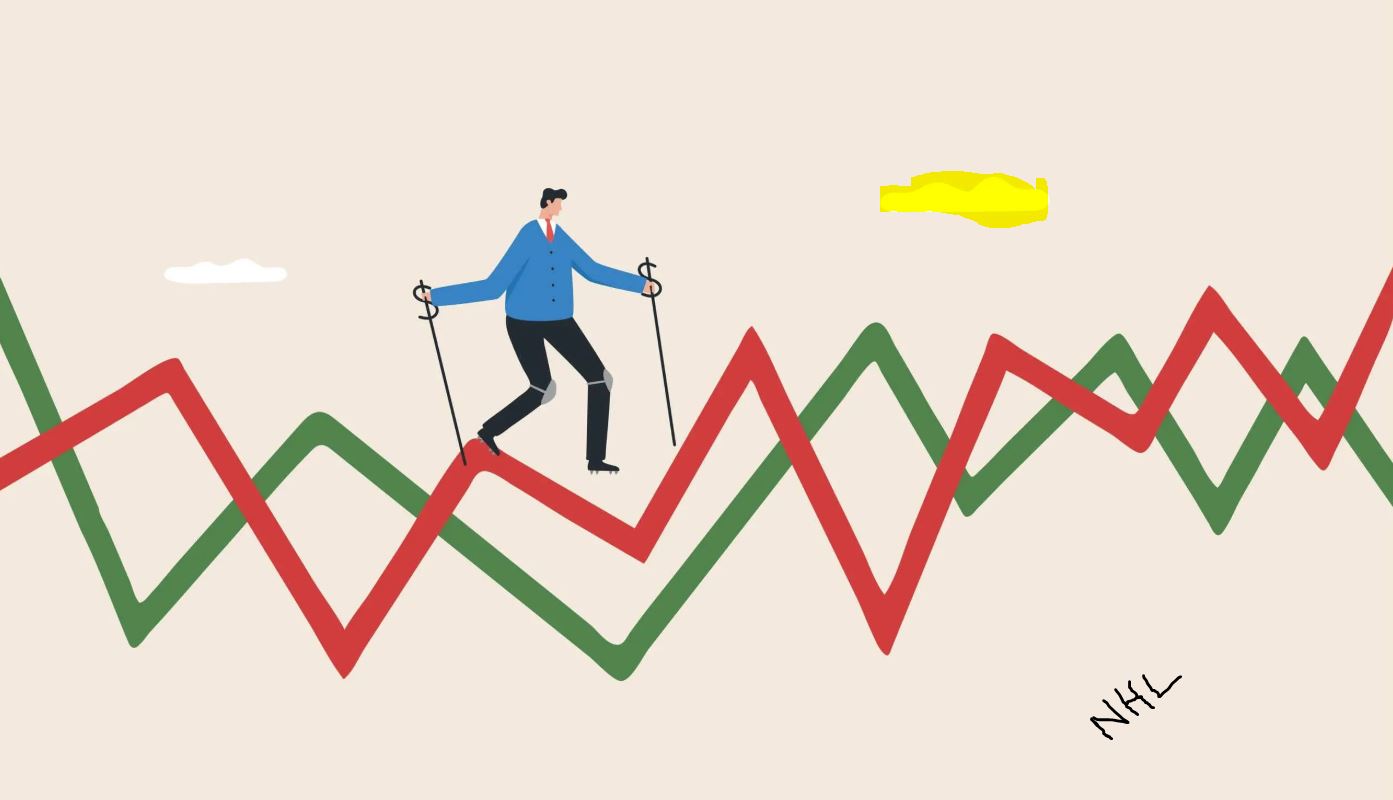Navigating Market Volatility: A Strategic Guide for the Modern Investor

Market volatility can be a source of anxiety for even the most seasoned investors. Headlines scream of downturns and corrections, tempting many to make emotionally-driven decisions. However, volatility is an inherent part of investing. At NHL, we believe that understanding and preparing for these fluctuations is key to long-term financial success. This guide outlines seven proven strategies to help you not just endure, but potentially benefit from, market volatility.
1 Embrace a Long-Term Perspective
The most powerful antidote to short-term market fear is a long-term vision. History has shown that despite periodic downturns, equity markets have trended upwards over the long run. By focusing on your 5, 10, or 20-year goals, daily or monthly price swings lose their power to derail your strategy. Reacting to short-term noise is often the biggest risk of all.
NHL Insight: Successful investors focus on time in the market, not timing the market.
2 The Unwavering Power of Diversification
Never put all your eggs in one basket. Diversification across asset classes (stocks, bonds, real estate, private debt), geographies, and sectors is your primary defense against volatility. When one segment of your portfolio is down, another may be up or stable, smoothing out your overall returns.
Our piece on Private Debt and Credit Solutions explores one such powerful diversifier for an investment portfolio.
3 Implement Dollar-Cost Averaging
Trying to time the market is a fool's errand. Dollar-cost averaging (DCA), investing a fixed amount of money at regular intervals, removes emotion from the process. When prices are high, your fixed investment buys fewer units. When prices are low, it buys more. Over time, this strategy can lower your average cost per share and build discipline.
Case Study: Investors who consistently invested through the 2008 crisis recovered faster than those who tried to time the bottom.
4 Maintain a Healthy Cash Reserve
A dedicated cash reserve, or an "emergency fund," provides crucial psychological and financial stability. It ensures you don't have to sell investments at a loss to cover unexpected expenses. This buffer allows you to stick to your investment plan without being forced into a fire sale during a downturn.
5 Rebalance Your Portfolio Periodically
Market movements can cause your initial asset allocation to drift from its target. A portfolio that started as 60% stocks and 40% bonds might become 70%/30% after a bull market. Periodic rebalancing, selling high and buying low, forces you to systematically take profits from outperforming assets and reinvest in underperforming ones, maintaining your desired risk level.
6 Look for Quality and Value
In a volatile market, high-quality companies with strong balance sheets, consistent earnings, and durable competitive advantages tend to be more resilient. Avoid the temptation to chase speculative trends. Focus on intrinsic value and long-term fundamentals rather than short-term price movements.
7 Stay Informed, Not Overwhelmed
While it's important to stay updated, constant monitoring of financial news can lead to reactionary decisions. Choose a few trusted sources and set a schedule for reviewing your portfolio. A well-constructed plan should not require daily intervention.
Your Partner in Volatile Times
Market volatility is not a barrier to wealth creation; it is an environment in which disciplined strategies are tested and rewarded. By adopting a long-term view, diversifying your holdings, and sticking to a disciplined plan, you can navigate market swings with confidence.
Ready to build a resilient investment portfolio? Contact NHL today for a personalized consultation. Let us help you turn market volatility from a threat into an opportunity.